Increasing Industrial Automation
The trend towards increasing industrial automation is likely to drive the Automatic Power Factor Controller Market. As industries adopt automated systems to enhance productivity and efficiency, the need for reliable power management solutions becomes paramount. Automated systems often require precise power factor control to ensure optimal performance and minimize energy waste. Data indicates that industries implementing automation can achieve energy savings of up to 25%. Consequently, the demand for automatic power factor controllers is expected to rise, as these devices play a vital role in maintaining power quality and efficiency in automated environments.
Growth of Renewable Energy Sources
The growth of renewable energy sources is emerging as a crucial driver for the Automatic Power Factor Controller Market. As more organizations invest in solar, wind, and other renewable energy technologies, the need for effective power factor correction becomes increasingly important. Renewable energy systems often produce variable power outputs, which can lead to fluctuations in power factor. Automatic power factor controllers help stabilize these fluctuations, ensuring that energy systems operate efficiently. Market analysis indicates that the renewable energy sector is projected to expand significantly, potentially increasing the demand for automatic power factor controllers to manage the complexities associated with integrating renewable sources into existing grids.
Rising Demand for Energy Efficiency
The increasing emphasis on energy efficiency across various sectors appears to be a primary driver for the Automatic Power Factor Controller Market. Organizations are increasingly seeking solutions that can optimize their energy consumption, thereby reducing operational costs. According to recent data, energy efficiency measures can lead to savings of up to 30% in electricity costs. This trend is particularly evident in industrial applications, where power factor correction is essential for minimizing energy losses. As a result, the demand for automatic power factor controllers is likely to grow, as these devices help maintain optimal power factor levels, ensuring efficient energy use and compliance with energy regulations.
Technological Advancements in Power Electronics
Technological advancements in power electronics are significantly influencing the Automatic Power Factor Controller Market. Innovations such as digital signal processing and microcontroller-based systems have enhanced the functionality and efficiency of automatic power factor controllers. These advancements enable real-time monitoring and control, which can lead to improved system performance. Market data suggests that the integration of advanced technologies could increase the efficiency of power factor correction systems by up to 20%. As industries continue to adopt these cutting-edge technologies, the demand for sophisticated automatic power factor controllers is expected to rise, further propelling market growth.
Regulatory Pressures for Power Quality Improvement
Regulatory pressures aimed at improving power quality are becoming a significant driver for the Automatic Power Factor Controller Market. Governments and regulatory bodies are increasingly implementing standards that mandate the maintenance of specific power factor levels to ensure grid stability and efficiency. Compliance with these regulations often necessitates the installation of automatic power factor controllers, which can help organizations meet the required standards. Market data suggests that regions with stringent regulatory frameworks are witnessing a higher adoption rate of these controllers. As regulatory environments continue to evolve, the demand for automatic power factor controllers is likely to increase, further supporting market growth.

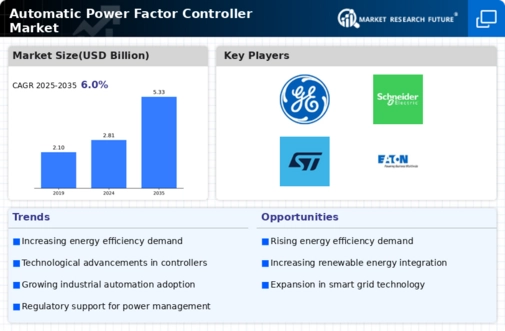
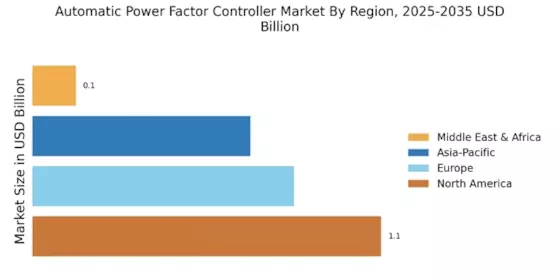
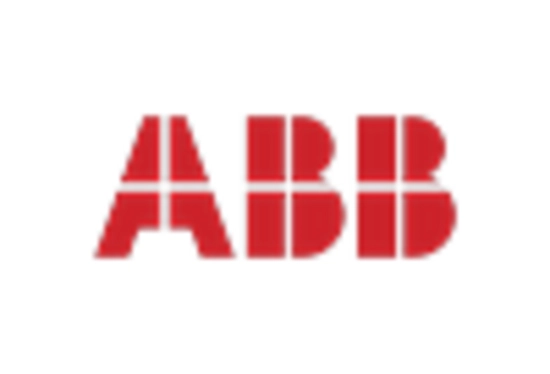
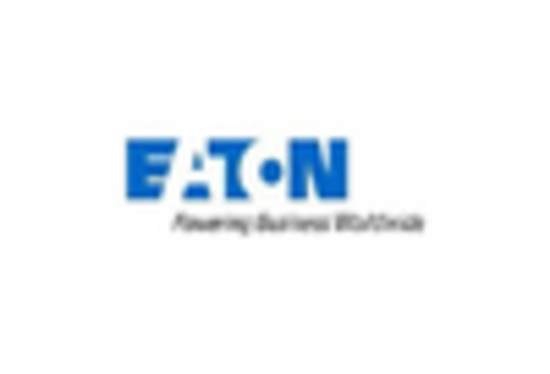
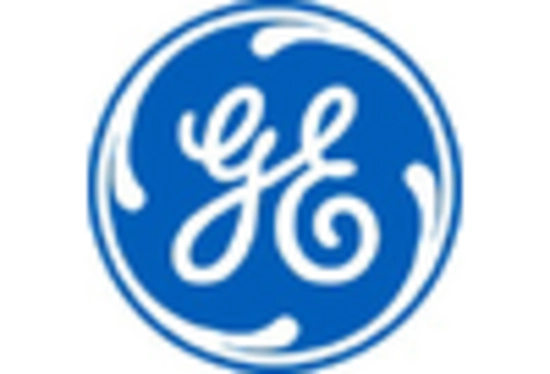
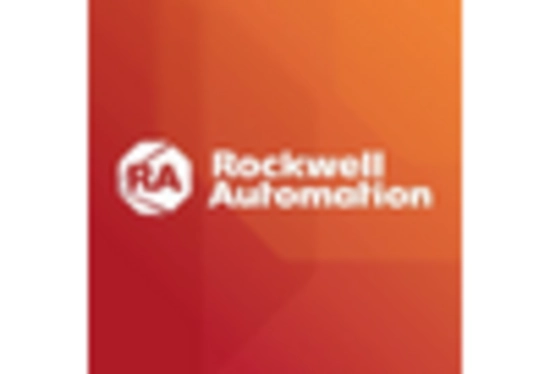
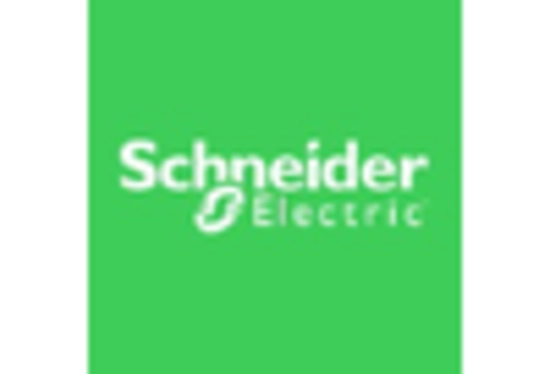









Leave a Comment